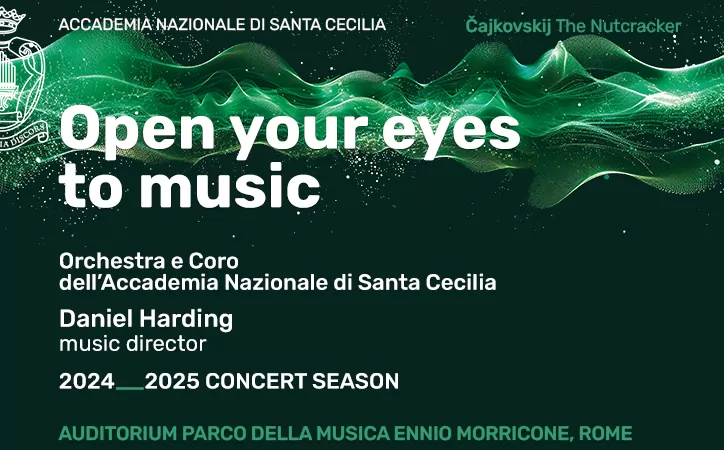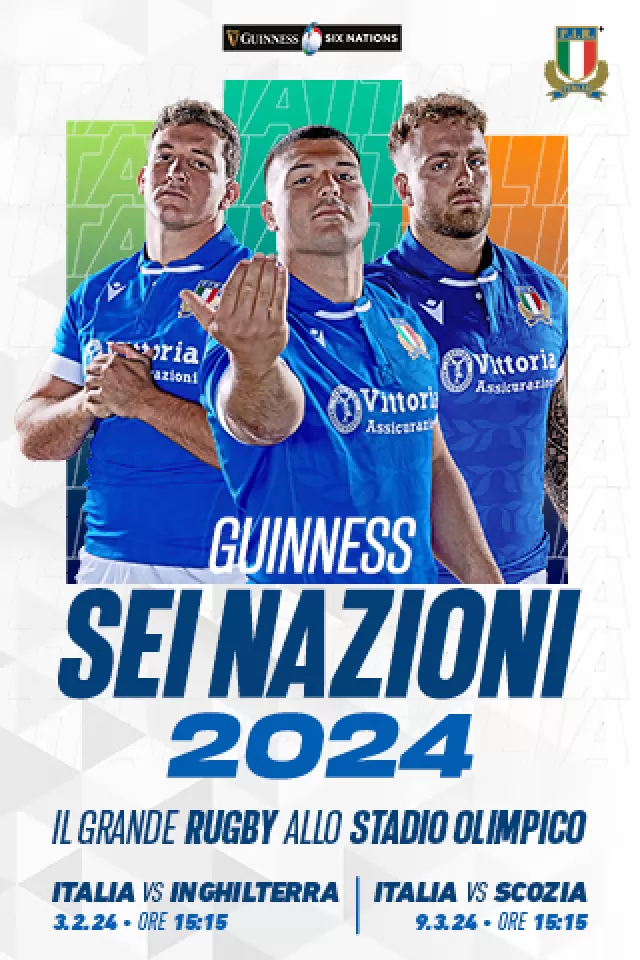Making music in Piazza Vittorio.
An advertising company wanting to make a statement about ethnic diversity and integration in Italy today couldnt have come up with a better concept. The 18-piece Orchestra of Piazza Vittorio brings to the stage three religions, 11 nationalities (Italy, Tunisia, India, Cuba, United States, Morocco, Hungary, Ecuador, Argentina, Romania, Senegal), eight languages though rehearsals are conducted in Italian and men and women of the most varied, and in some cases underprivileged, backgrounds imaginable. Yet the band, founded in Rome in early 2002, has nothing to do with a public relations stunt, and much more to do with a group of talented musicians from around the globe coming together under the guidance of seasoned Italian musician Mario Tronco.
In 2001, Tronco famous for being the pianist and songwriter in the Italian band Avion Travel moved to an apartment overlooking Piazza Vittorio in Romes multi-ethnic Esquilino area. The Esquilino is probably the only neighbourhood in the city where Italians are the ethnic minority, he says.
With windows open, he was privy to some tantalisingly exotic sounds wafting up through the internal courtyard. One day he heard a guitarist accompanied by a haunting North African singing voice. He assumed both were recorded, but was proved wrong when he suddenly heard people laughing and applauding. Within seconds he was calling out of the window asking for the performers phone numbers.
Tronco thus started searching high and low, placing advertisements in the newspapers of immigrant communities and on the internet, frequenting bars and restaurants where live music was played and approaching street musicians. The process lasted several months and the first two months were a total failure, explains Pino Pecorelli, double-bass player for the band from Rome and one of the first musicians to be picked. It was only when an Indian singer, a North African percussionist and a South American musician were found that word of mouth helped attract the rest.
Flautist Carlos Paz, for example, fled his native Ecuador 12 years ago, after criticising the government of the time. Another musician, Ziad Trabelsi, who plays a middle-eastern lute called the Oud, studied at the music conservatory in his native Tunisia. Despite being very open to all forms of music and a great artist with a great talent, Pecorelli says, in Rome he could only find work in bars and clubs playing Arab music. Trabelsi calls his entry into the orchestra a turning point in his life. Singer Mohamed Bilal, on the other hand, came to Rome from Rajasthan in India, where he worked as a farmer. Many of the bands members are also thankful to have an occupation; since January this year all the musicians have begun to receive a proper salary.
Despite the dominant presence of the Chinese community in the Piazza Vittorio area, there is still no Chinese musician in the band. Tronco approached many but never got anywhere, Pecorelli explains. He got an email from a Chinese community leader after a year and a half, offering the orchestra a classical violinist, but our strings section was already full at that point. The orchestra, however, remains open to newcomers from China or anywhere else.
Pecorelli admits that at first no one really thought the orchestra would take off. However, sentiments changed when, in December 2002, the orchestra played outdoors in the newly-restored Piazza Vittorio gardens, making an impact. One of the most rewarding moments came during rehearsals as the orchestra played a traditional Indian lullaby, entire Indian families appeared out of nowhere. The last time they had heard this music played live was probably in their home country, says Tronco.
The music is traditional and contemporary ethnic. That is, traditional Indian, Latin American or Arab melodies which are re-interpreted or updated by Tronco or other members of the band. Sometimes they are born out of improvisation. Some are totally original pieces.
If only the national and local authorities were as moved as the orchestras members and audiences. One of the major points of contention for the band has been the scant regard in which the city administration has held it so far. Pecorelli does not hesitate to say that mayor Walter Veltroni has done a lot for culture in the city, but he also says that every time the orchestra plays in Rome the hugely popular left-wing mayor is invited, but never attends. He adds that despite having knocked on many doors, no public body has ever offered to support the orchestra, even just a little bit.
Initially the orchestra was funded by an association called Apollo 11 (www.apolloundici.it), which is still campaigning to save the old Apollo cinema in the Esquilino from becoming a bingo hall and to transform it into the orchestras permanent home, as well as a venue for intercultural events, film screenings and concerts. While waiting for the ongoing issue of the old cinemas restoration to be resolved, the orchestra rehearses in a special hall put at its disposal by the headmistress of the Galileo Galilei secondary school just off Piazza Vittorio.
Now, some two and a half years, 120 concerts and its first CD later, the orchestra is self-financing through ticket and CD sales, and has proved it has staying power and enduring appeal. This year it has engagements in Genoa and Ancona in Italy and in Feldkirch in Austria, and in Cologne and Berlin in Germany. It is also competing for the German Record Critics Award.
Many of the orchestras members recognise that this has been, and is, the opportunity of a lifetime. As Pecorelli says, unlike Berlin, Paris or London, Rome is usually considered a temporary stopover for most musicians. Yet the founding of this multi-ethnic orchestra has enabled Pecorelli and the other orchestra members to stay in Rome despite all the problems, because, as he explains, the orchestra is a dream come true.
For more information and dates of upcoming concerts, see www.orchestradipiazzavittorio.it.
















